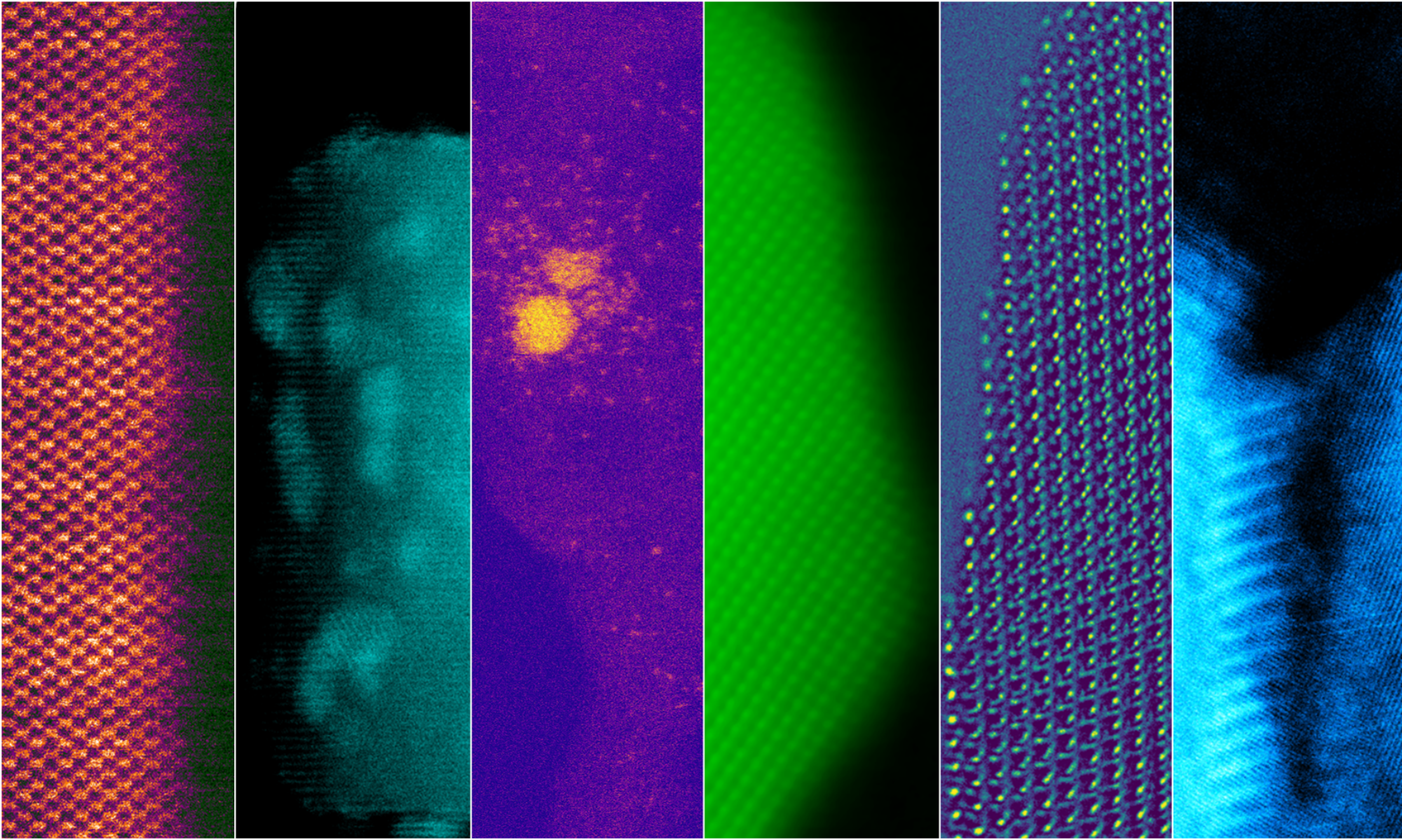Many heterogeneous catalysts are composed of nanoscale materials that act together to promote a desired chemical reaction. These active functional materials are essentially nanocatalysts and can be designed to control a wide variety of chemical transformations. Catalysis lies at the heart of many current and future technologies for sustainable energy in areas including fuel synthesis, hydrogen production and fuel cells. Many catalysts also play a critical role in pollution abatement for both air and water.
The active form of the catalyst may not be easy to determine because it may only form as a result of gas-solid interactions during catalysis. To understand the way in which the catalyst controls the surface reactions, it is necessary to determine the active form of the material under reactive gas conditions. Controlling the structure and stability of these active materials is a critical area of research for developing novel nanocatalysts.
To see the active form of the materials we employ in situ environmental transmission electron microscope (ETEM). This instrument allows us make atomic level observations of the changes in the structure and chemistry of the nanometerials at elevated temperature in the presence of reactive gases. We can also “see” the catalytic gas products by using electron energy-loss spectroscopy. By correlating the atomic structure of the nanocatalyst with its activity we can develop a fundamental understanding of materials functionality. This points the way forward for designing new materials with superior catalytic properties.
Current Projects
